When is the best time to trek to Annapurna Base Camp?
The Annapurna
Base Camp Trek can be enjoyed year-round, but the most favorable times are
during the spring (March to May) and autumn (September to November). In spring,
the trails are lined with blooming rhododendrons, and the weather is relatively
stable, offering mild temperatures and excellent visibility. Autumn is equally
popular due to its clear skies, dry trails, and crisp mountain views following
the monsoon. While winter treks (December to February) are possible, expect
cold temperatures and snow at higher elevations, which may cause some passes or
lodges to close temporarily.
How challenging is the ABC trek and do I need to be experienced?
The ABC trek is
considered a moderately challenging trek. It doesn’t require technical climbing
skills or prior high-altitude trekking experience, but a good level of fitness
is recommended. Trekkers typically walk between 4 to 7 hours a day, traversing well-established
trails that include stone staircases, forest paths, and occasional steep
ascents. With gradual altitude gain and acclimatization days built into the
itinerary, it’s very manageable for beginners who are physically prepared and
mentally determined.
What is the maximum elevation reached during the trek?
The highest
point of the trek is Annapurna Base Camp itself, situated at an altitude of
4,130 meters (13,546 feet) above sea level. Although this height is
significant, it is not extreme by Himalayan standards, and the risk of altitude
sickness is relatively low if the itinerary is followed properly. However,
acclimatization and hydration are essential to avoid any symptoms of Acute
Mountain Sickness (AMS).
What kind of accommodation is available on this trek?
Accommodation is
provided in tourist-standard hotels in Kathmandu and Pokhara, offering
comfortable rooms with attached bathrooms, Wi-Fi, and dining facilities. During
the trek, you will stay in local teahouses or lodges, which are run by local
families. These accommodations are basic but clean and cozy, usually consisting
of twin-sharing rooms. While some teahouses in lower altitudes offer private
bathrooms and hot showers, facilities become more basic as you ascend. Despite
their simplicity, these lodges are part of the authentic trekking experience in
the Himalayas.
What meals are included, and what kind of food is served?
Your trek
package includes all meals during the trekking days—breakfast, lunch, and
dinner—along with breakfasts in Kathmandu and Pokhara, and special welcome and
farewell dinners in Kathmandu. Meals on the trek are nutritious and mostly
consist of local Nepali cuisine like dal bhat (rice, lentils, and vegetables),
along with Tibetan bread, pasta, noodles, momos (dumplings), porridge, soups,
and eggs. Vegetarian, vegan, and gluten-free options are available upon
request. The food is prepared fresh at the teahouses and is safe for
consumption.
Do I need permits for the trek and are they included?
Yes, two major
permits are required for the ABC trek: the Annapurna Conservation Area Permit
(ACAP) and the Trekkers' Information Management System (TIMS) card. Both
permits are arranged by the tour company and their cost is included in your
trek package. You don’t need to handle any paperwork yourself—everything will
be prepared for you prior to the start of the trek.
Is travel insurance required and what should it cover?
Absolutely.
Travel insurance is mandatory for this trek, and it must cover trekking up to
an altitude of at least 4,500 meters. The insurance should include emergency
medical treatment, evacuation by helicopter, accidents, trip cancellations, and
lost baggage. It’s always advisable to choose a policy that specifically
mentions “high-altitude trekking” in Nepal.
What is the weight limit for luggage and how is it managed?
Each trekker is
allowed to bring around 10–12 kilograms of personal trekking gear, which will
be carried by a porter (one porter for every two trekkers). You’ll also carry a
personal daypack containing essentials like water, snacks, camera, and layers.
The total luggage weight should not exceed the prescribed limit, as porters
carry the load for multiple days and across challenging terrain.
Will I have access to electricity and Wi-Fi during the trek?
Electricity is
available in most teahouses for charging electronic devices, though it may
incur a small fee. The power supply is typically from solar panels or
hydroelectricity. Wi-Fi is also offered in some lodges, especially in lower
regions like Ghorepani or Chhomrong, but the connection can be slow and
unreliable. It’s best to inform loved ones that you may be off-grid for certain
parts of the trek.
Is altitude sickness a serious concern on this trek?
Altitude
sickness is a potential risk on any trek above 2,500 meters, but the ABC trek
is designed to ascend gradually. With proper acclimatization, rest, and
hydration, most trekkers do not experience serious symptoms. Common signs
include headache, nausea, dizziness, and shortness of breath. If any symptoms
do occur, your guide is trained to assist and, if necessary, will initiate
descent or evacuation procedures.
Are hot showers and toilets available during the trek?
Hot showers are
available at most teahouses for a small fee, usually using solar-heated water
or gas geysers. Toilets vary in quality—some teahouses offer Western-style
toilets while others have squat-style ones. Toilet paper is not typically
provided, so it’s a good idea to carry your own or purchase it along the way.
What are the major highlights of this trek?
The Annapurna
Base Camp Trek is filled with diverse landscapes and cultural experiences. The
trek offers breathtaking views of Annapurna I, Machapuchare (Fishtail),
Hiunchuli, and Dhaulagiri. A highlight for many is the sunrise from Poon Hill,
which showcases the Himalayas in golden light. Other attractions include
natural hot springs at Jhinu Danda, walking through terraced fields,
rhododendron forests, and visiting traditional Gurung and Magar villages.
Is it possible to customize the itinerary?
Yes, the
itinerary can be fully customized based on your preferences. You can shorten or
extend the trek, add side trips, or request extra rest days. Many trekkers also
choose to fly from Kathmandu to Pokhara or vice versa to save time. These
options can be discussed and arranged prior to your departure.
What should I pack for the trek?
A detailed
packing list will be provided upon booking, but essentials include trekking
boots, a warm down jacket, thermal layers, a rain jacket, gloves, a hat,
quick-dry trekking pants, a reusable water bottle, sunscreen, personal
toiletries, and a sleeping bag (which can also be rented in Kathmandu or
Pokhara). Trekking poles, sunglasses, a headlamp, and water purification
tablets are also highly recommended.
Can children or elderly people do this trek?
There is no
strict age restriction for the ABC trek. Children above the age of 10 and older
adults in good health have successfully completed the journey. However, it’s
important that participants are physically fit, mentally prepared, and willing
to walk for several hours each day. A pre-trek medical consultation is advised
for older participants.
Is tipping expected for guides and porters?
Tipping is not
mandatory but is a common practice in Nepal and highly appreciated. It serves
as a recognition of the hard work and support provided by your trekking crew.
As a general guideline, USD $5–10 per day for guides and $3–7 per day for
porters is appropriate, depending on the quality of service and group size.

 54 Reviews on Google
|
54 Reviews on Google
|  30 Reviews on Facebook
30 Reviews on Facebook
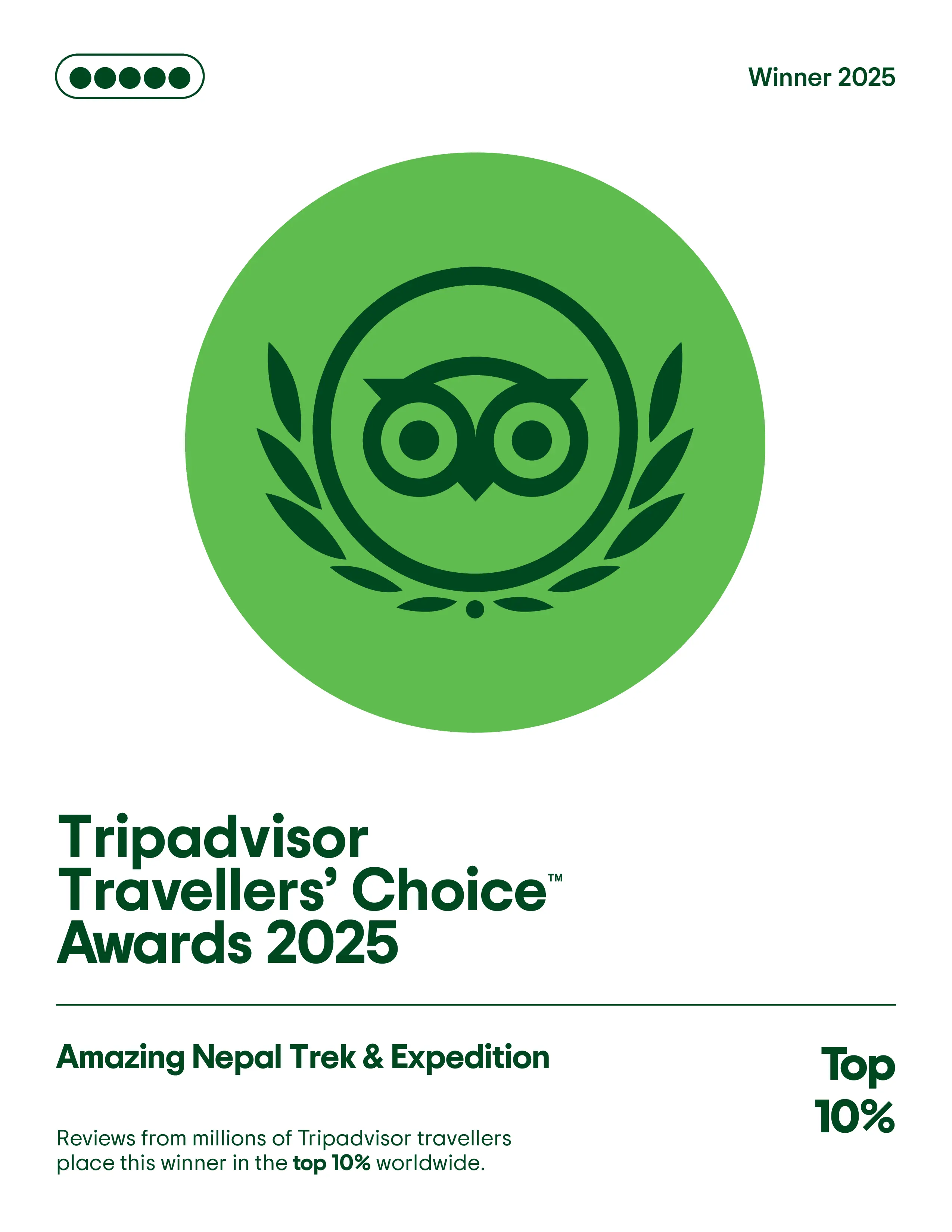
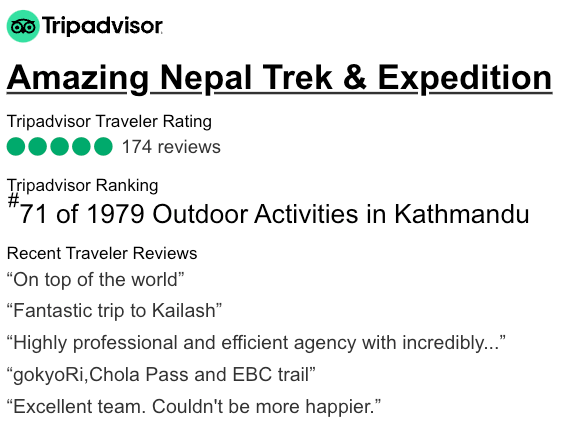
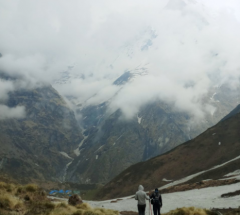
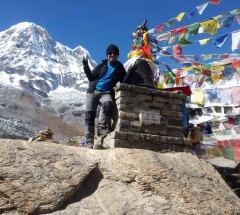


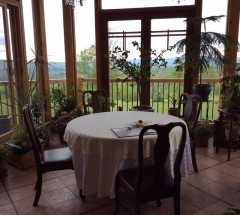

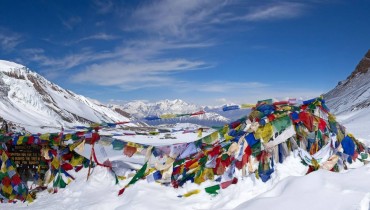
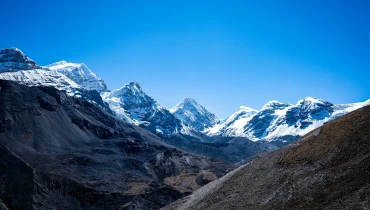
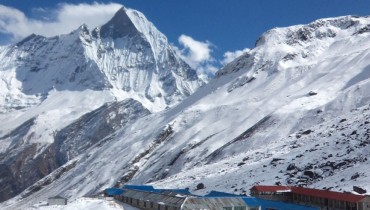
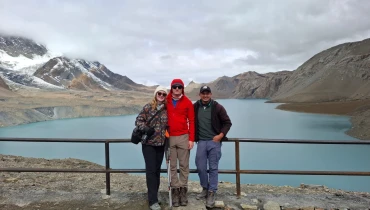
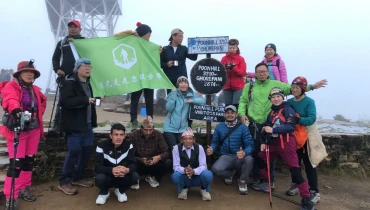
 WhatsApp Us
WhatsApp Us




